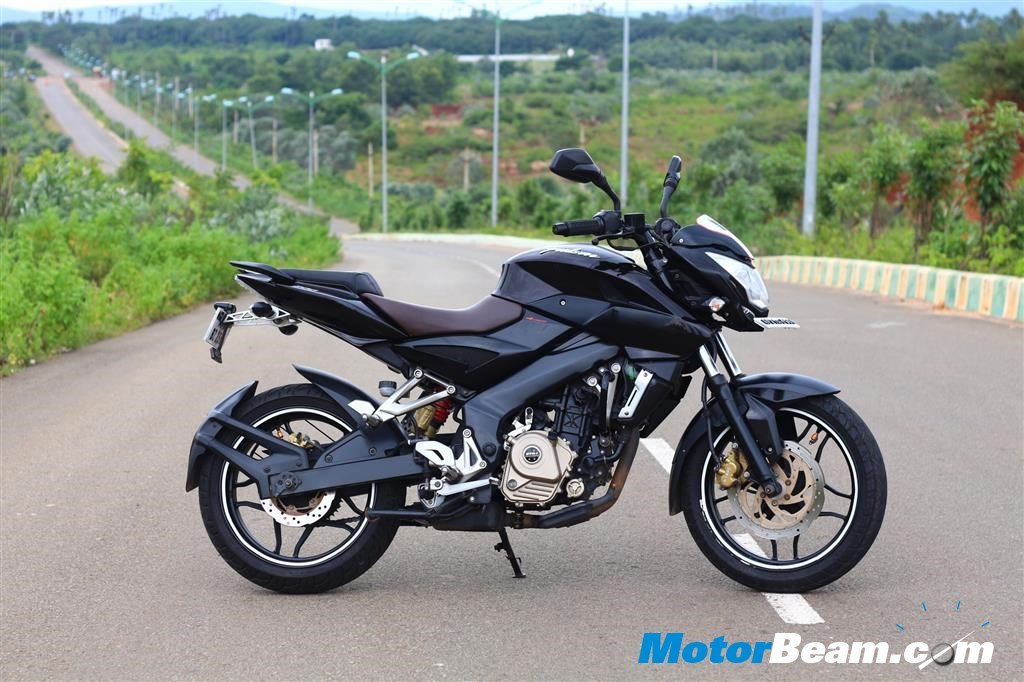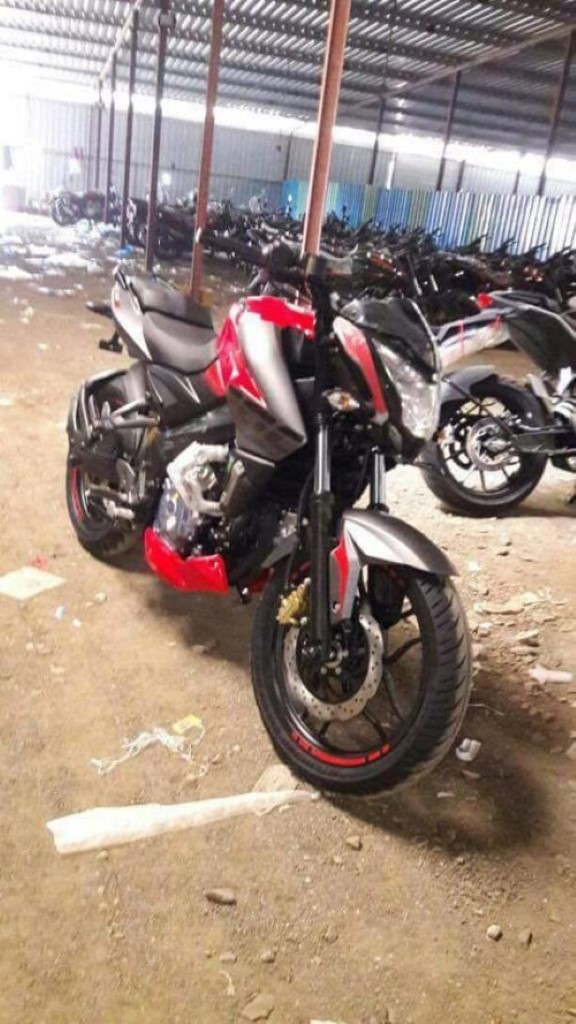The Pulsar RS 200 is the heaviest Pulsar and that’s largely because of the bulky fairing and twin projector headlights. The 200 NS was praised for its lightness when it was launched three years back.

It’s just not human beings who have to worry about obesity, this problem is also specific to motorcycles. When Bajaj launched the Pulsar RS 200, its 165 kgs weight (not mentioned for non-ABS or ABS but there has to be a weight difference between the variants) became an immediate bother because it turned out to be a whooping 20 kgs more than the 200 NS. Sharing most of its underpinnings with the 200 NS, the RS 200 was criticised for being too heavy. Now these figures are as per Bajaj’s own website but the company says that the 200 NS weighs 153 kgs and not 145 kgs, making the 200 RS 12 kgs heavier and not 20 kgs. When it was launched, the NS tipped the scales at 145 kgs.
So how did the Pulsar 200 NS become heavier? The company states that multiple changes were made to the bike to improve it including strengthening of the chassis which contributed to the added weight. This doesn’t come as a surprise because Bajaj does continue to improve its products silently after taking customer feedback into consideration. But the Aryabhatas that we are, we are in a state of confusion. This is because the 200 AS also weighs 153 kgs and there is no way the NS and AS can weigh the same for obvious reasons (the visor, projector headlight and the semi-fairing does weigh a bit).
So does this mean that the Pulsar 200 AS doesn’t have the same chassis strengthening as the Pulsar 200 NS? Because logically the 200 AS should weigh close to 160 kgs if the 200 NS tips the scales at 153 kgs. The weight of the 200 NS isn’t as important to 200 NS buyers as it is to prospective customers of the RS 200 because how much more does the RS weigh over the NS is crucial for many. That said, looks like we at MotorBeam need to invest in a motorcycle weighing scale to put an end to all this confusion.




